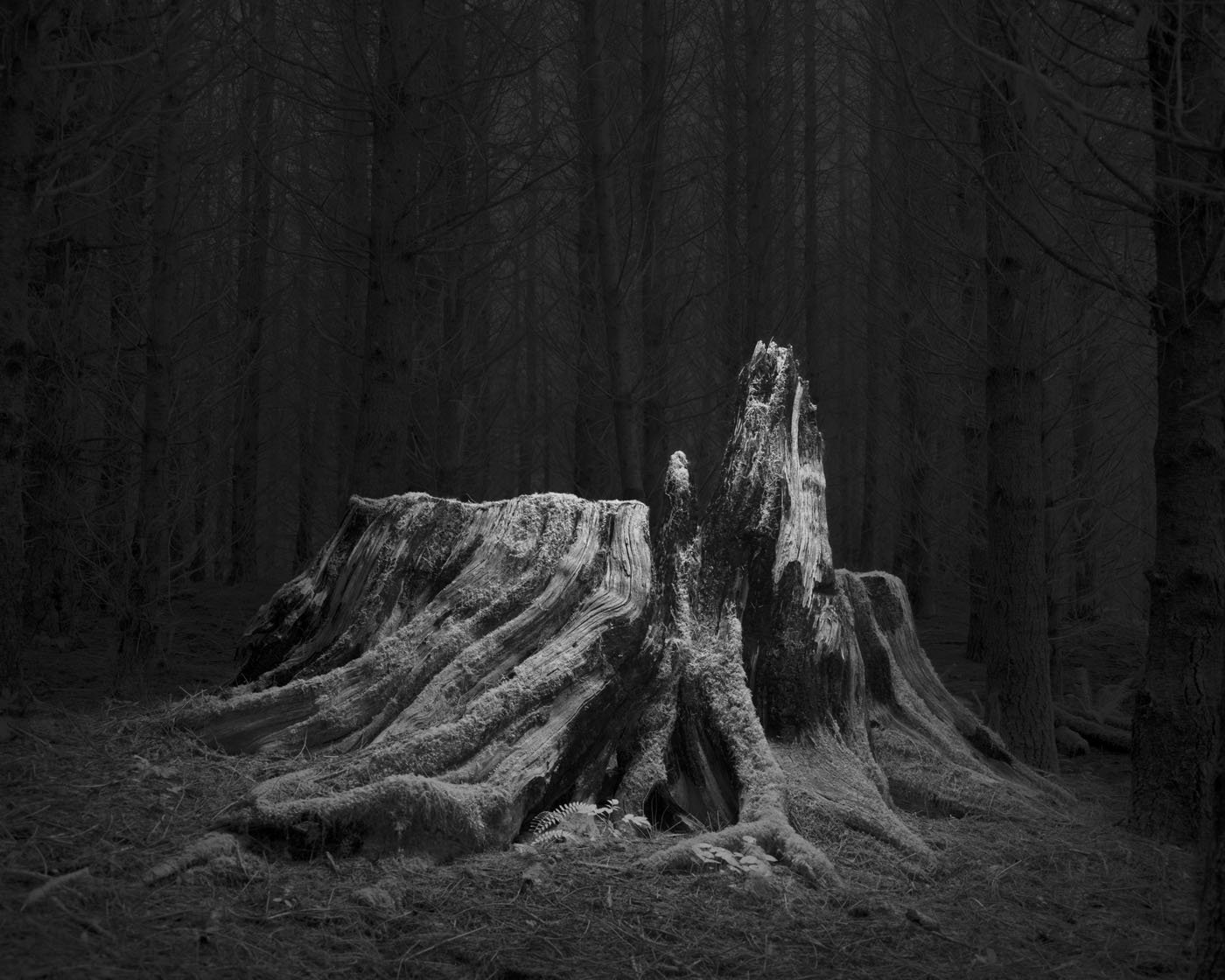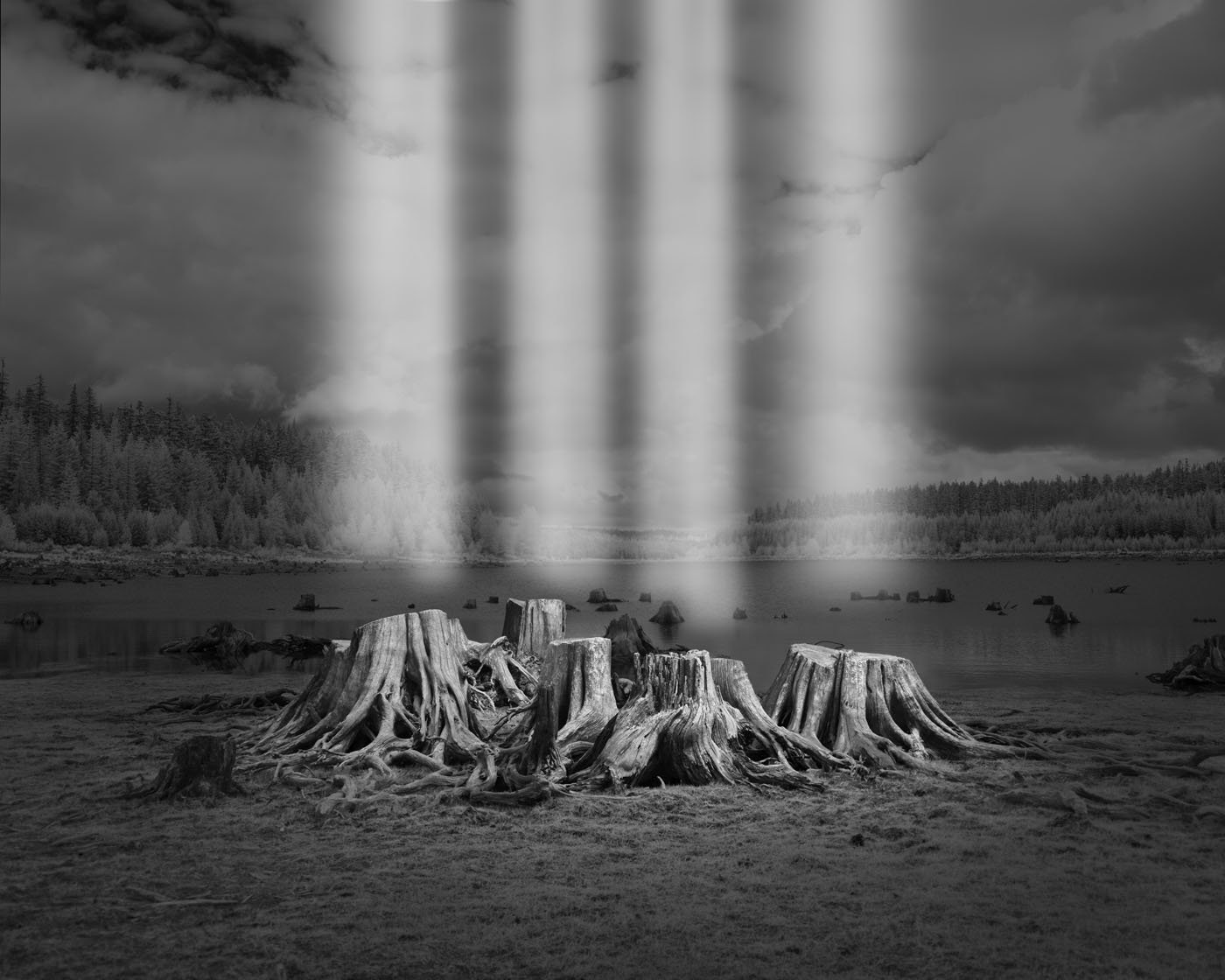




-
Shortly after moving to the Pacific Northwest, I became enamored with old growth forests. I found walking through a grove of giant old trees to be a profoundly meaningful experience. As I sought to visit more of these ancient giants, I became increasingly aware of the impact of timber harvesting across the region. Having grown up in the Chihuahuan desert of Southeastern New Mexico, where trees rarely survive outside the built environment, I found myself particularly sensitive to the destruction of these ancient forests. I questioned the morality of cutting down a 1000-year-old living organism and reducing it to a commodity. I fantasized about these colossal trees that were once prolific across the landscape and I longed for this missing forest. I began questioning my relationship with consumption and my impact on the environment caused by extraction industries. Furthermore, I found myself questioning our obligation, as a species, to live in harmony with the natural world.
We are currently at the precipice of what may be our greatest challenge, human-caused global warming, a phenomenon exacerbated by deforestation. As nature holds us accountable, these missing giants may be a key to our preservation. Scientists have proven that large older trees sequester more carbon at a faster rate while harboring greater biodiversity. However, as our day of reckoning with climate change approaches, I look at the evidence of our past and I question our future.
